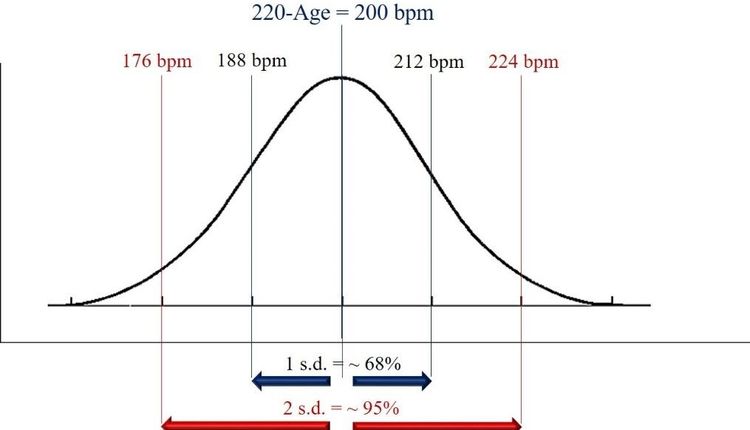The National Athletic Trainers Association (NATA) has re-released a set of recommendations for precautions that should be followed by parents, coaches, athletic trainers, other health care professionals and participants in secondary school athletics in order to prevent the spread of communicable and infectious diseases. Due to the nature of competitive sports at the high school level, there is an elevated risk of infectious diseases being spread by skin-to-skin contact and contaminated equipment shared by athletes.
A certified athletic trainer employed by the high school can evaluate and treat these skin conditions and prevent them from spreading to other team members. Among the common preventable diseases are: impetigo, community acquired methicillin-resistant staphylococcus infection (MRSA) and herpes gladiatorum (a form of herpes virus that causes lesions on the head, neck and shoulders). The following are NATAs guidelines for proper prevention of these and other communicable diseases that can be spread by athletic participation:
Immediately shower after each practice or competition.
Wash all athletic clothing worn during practice or competition daily.
Clean and disinfect gym bags and/or travel bags, if the athlete is carrying dirty workout gear home to be washed and then bringing clean gear back to school in the same bag (Note: this problem can also be prevented by using disposable bags for practice laundry).
Wash athletic gear (such as knee or elbow pads) periodically, and hang to dry.
Clean and disinfect protective equipment such as helmets, shoulder pads, catchers equipment and hockey goalie equipment on a regular basis.
Do not share towels or personal hygiene products with others.
All skin lesions should be covered before practice or competition to prevent risk of infection to the wound and transmission of illness to other participants; only skin infections that have been properly diagnosed and treated may be covered to allow participation of any kind.
All new skin lesions occurring during practice or competition should be properly diagnosed and treated immediately.
Playing fields should be inspected regularly for foreign objects and debris that could cause cuts or abrasions.
Playing fields should be inspected regularly for animal droppings that could cause bacterial infections of cuts or abrasions.
Athletic lockers should be sanitized between seasons.
Rather than carpeting, locker or dressing rooms should have tile floors that can not only be cleaned, but also sanitized.
Wrestling and gymnastics mats should be sanitized daily.
Weight room equipment including benches, bars and handles should be cleaned and sanitized daily.
Athletic trainers are unique health care providers who specialize in the prevention, assessment, treatment and rehabilitation of injuries and illnesses. The National Athletic Trainers' Association represents and supports 30,000 members of the athletic training profession through education and research. Only 42% of high schools have access to athletic trainers. NATA advocates for equal access to athletic trainers for athletes and patients of all ages and supports HR 1846. For more information, visit www.nata.org, call 214.637.6282 or fax 214.637.2206.







